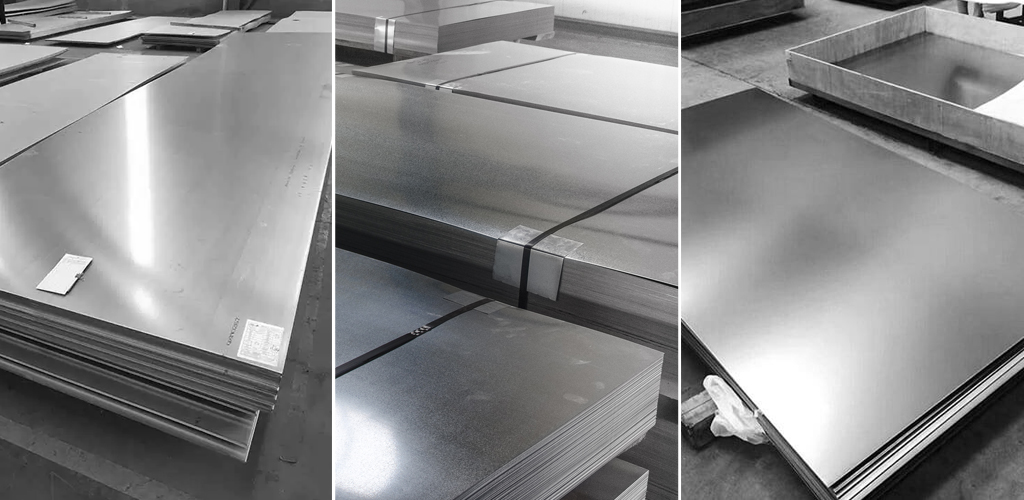Stainless Steel 310 Sheets – Solving High‑Temperature Challenges in Modern Industry
Stainless Steel 310 Sheets – Solving High‑Temperature Challenges in Modern Industry
Blog Article
1) Introduction –
Industrial furnaces, heat exchangers, and thermal processing lines routinely hit 1,000 °C and beyond. At these temperatures ordinary carbon steel scales, warps, and loses nearly all its strength, forcing costly shutdowns, repairs, and quality defects. Engineers need a flat‑rolled alloy that stays dimensionally stable, resists oxidation, and carries load even in red‑hot service.
2) Product Introduction –
Stainless Steel 310 (UNS S31000/S31008) is an austenitic Cr‑Ni alloy containing about 25 % chromium and 20 % nickel with a small boost of silicon. Supplied as hot‑ or cold‑rolled sheets under ASTM A240 / ASME SA240, the material is purpose‑built for continuous exposure to temperatures up to 1,050 °C in oxidising atmospheres and for intermittent service to 1,150 °C.
3) Key Advantages (No Drawbacks Listed)
| Advantage | Why it Matters |
|---|---|
| Outstanding Oxidation Resistance | High Cr and Si maintain a tightly adherent oxide film that stops scale spallation. |
| Retains Mechanical Strength at Heat | Creep‑rupture strength and yield stay superior to 304/316 above 600 °C. |
| Excellent Thermal Fatigue Resistance | Low coefficient of thermal expansion minimises distortion under rapid cycling. |
| Good Room‑Temperature Toughness | Fabrication, forming, and weldability akin to other austenitic grades. |
| Resists Sulfidation & Carburisation | Nickel content shields against aggressive, mixed combustion atmospheres. |
| Long Service Life = Lower Lifecycle Cost | Fewer shutdowns and replacements cut total operating expense. |
4) Real‑Life Uses You’ll Recognise
Furnace Conveyor Belts & Muffles – bakery, ceramic, and sintering lines.
Radiant Tubes & Reformer Baffles – petrochemical steam crackers.
Kiln Lining Sheets – tile and brick manufacturing.
Incinerator Baffles & Stack Liners – municipal waste plants.
Food Processing Fryer Parts – high‑temperature oil immersion equipment.
Heat‑Treatment Trays & Fixtures – aerospace and automotive hardening shops.
5) How Stainless Steel 310 Solves the Problem – and the Outcomes
By substituting carbon‑steel or even 304/316 sheet metal with Stainless Steel 310 Sheets, plants report:
2‑3× Increase in Component Life – less scale‑induced thinning or distortion.
Up to 40 % Fewer Unscheduled Shutdowns – oxide layer remains intact, preventing break‑outs.
Improved Product Quality – dimensional stability keeps tolerances tight on heat‑treated parts.
Lower Maintenance Spend – reduced labour and spare inventory.
Energy Savings – flatter, warp‑free furnace interiors maintain airflow and thermal profiles.

6) Short Conclusion
For any process that spends its life glowing orange, Stainless Steel 310 Sheets are a proven, code‑compliant answer. Partnering with Stainless Steel 310 Sheets Exporters in India ensures reliable supply chains, mill test certification to ASTM A240 / ASME SA240, and the expertise to specify, fabricate, and ship the right gauge fast. Upgrade once—operate longer, hotter, and with greater confidence.
Report this page